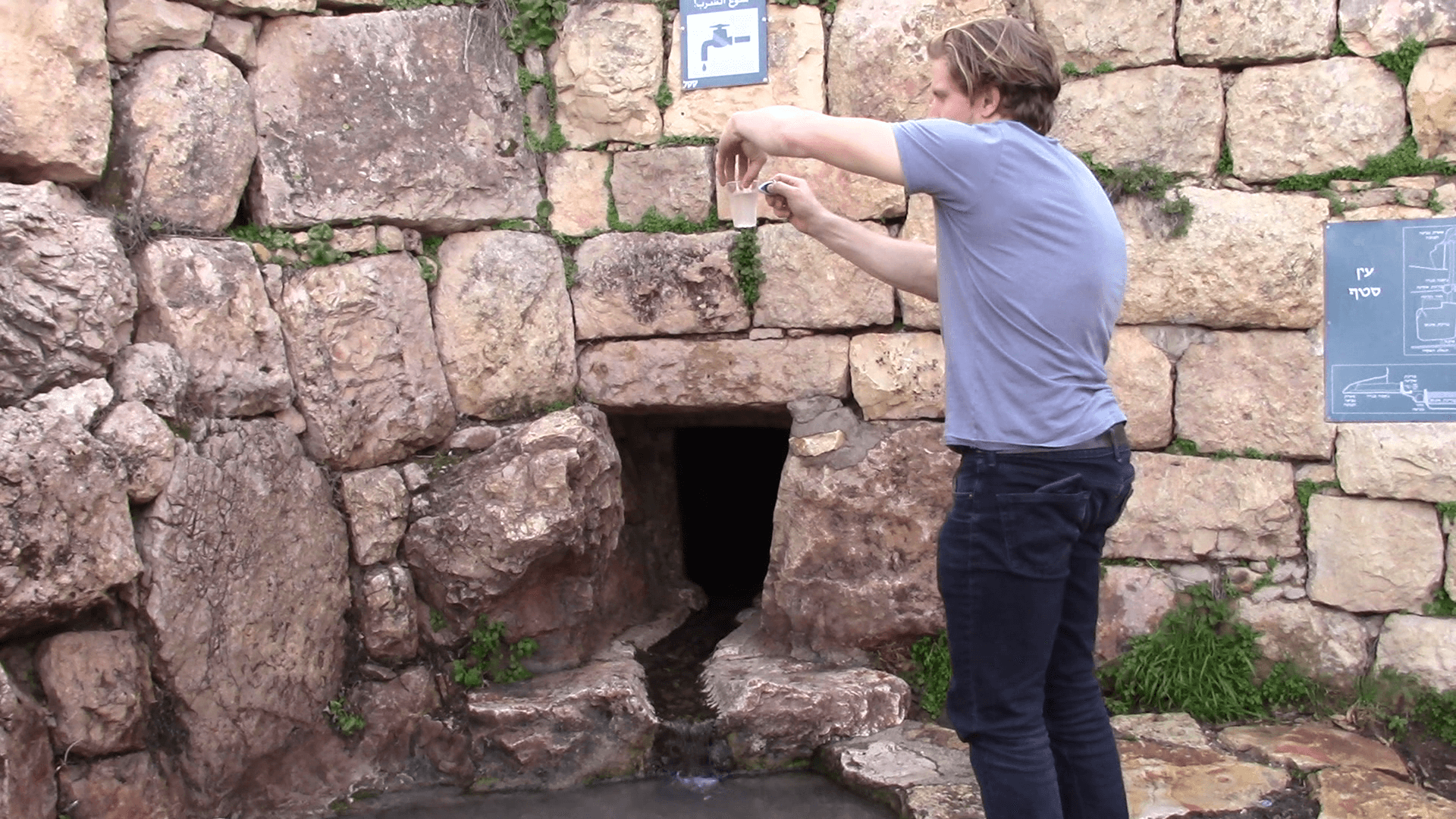Water Quality
We assume that the water coming out of our taps or bottles is clean and healthy. Our water providers say as much, right? Thus it might come as a surprise that some of the biggest cities in the US, including Chicago and Boston, routinely faked their water testing so as to avoid having to report lead contaminations in their water systems. Possibly a third of US residents may today be exposed to Teflon-type chemicals in their water, some of these chemicals being known carcinogens. Even if one's water is clean at its source, does anyone know what its state is after travelling miles to the home and through old pipes along the way? Do you know if your water filter is still good? Do you know if the water in your water bottle is still clean after sitting for a week? Should you flush "first draw" water out of your lines? These are ques-tions that relate to health, but for the most part, nobody has a real answer because there has been no way to find out—until now.

